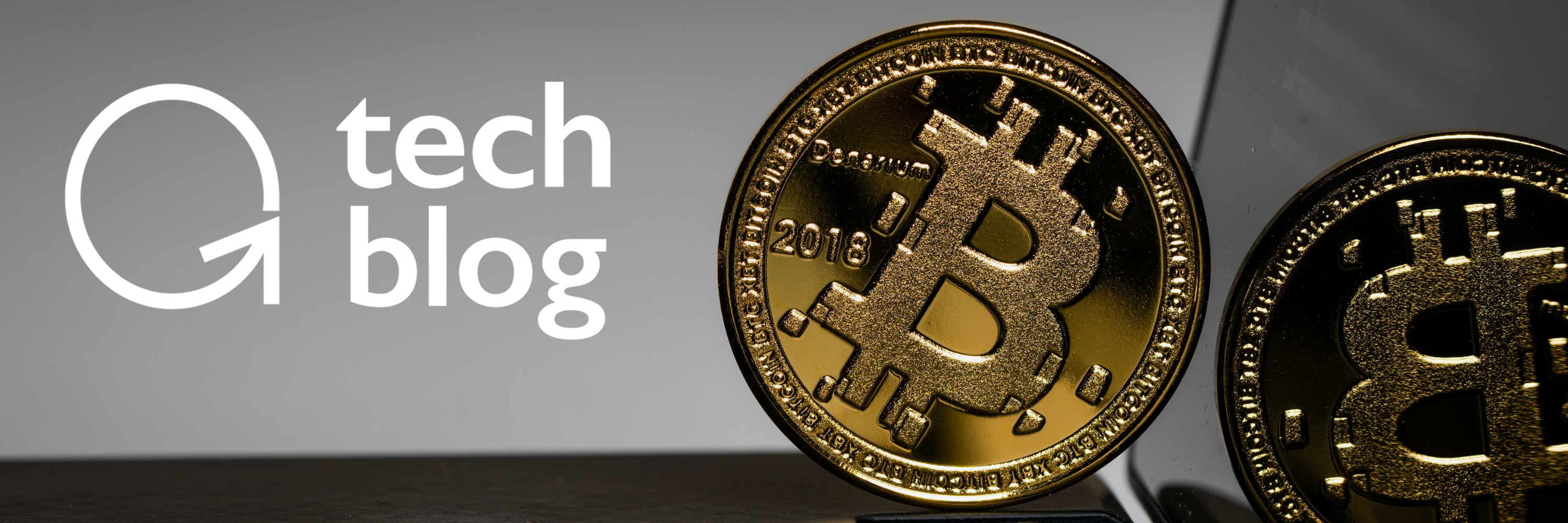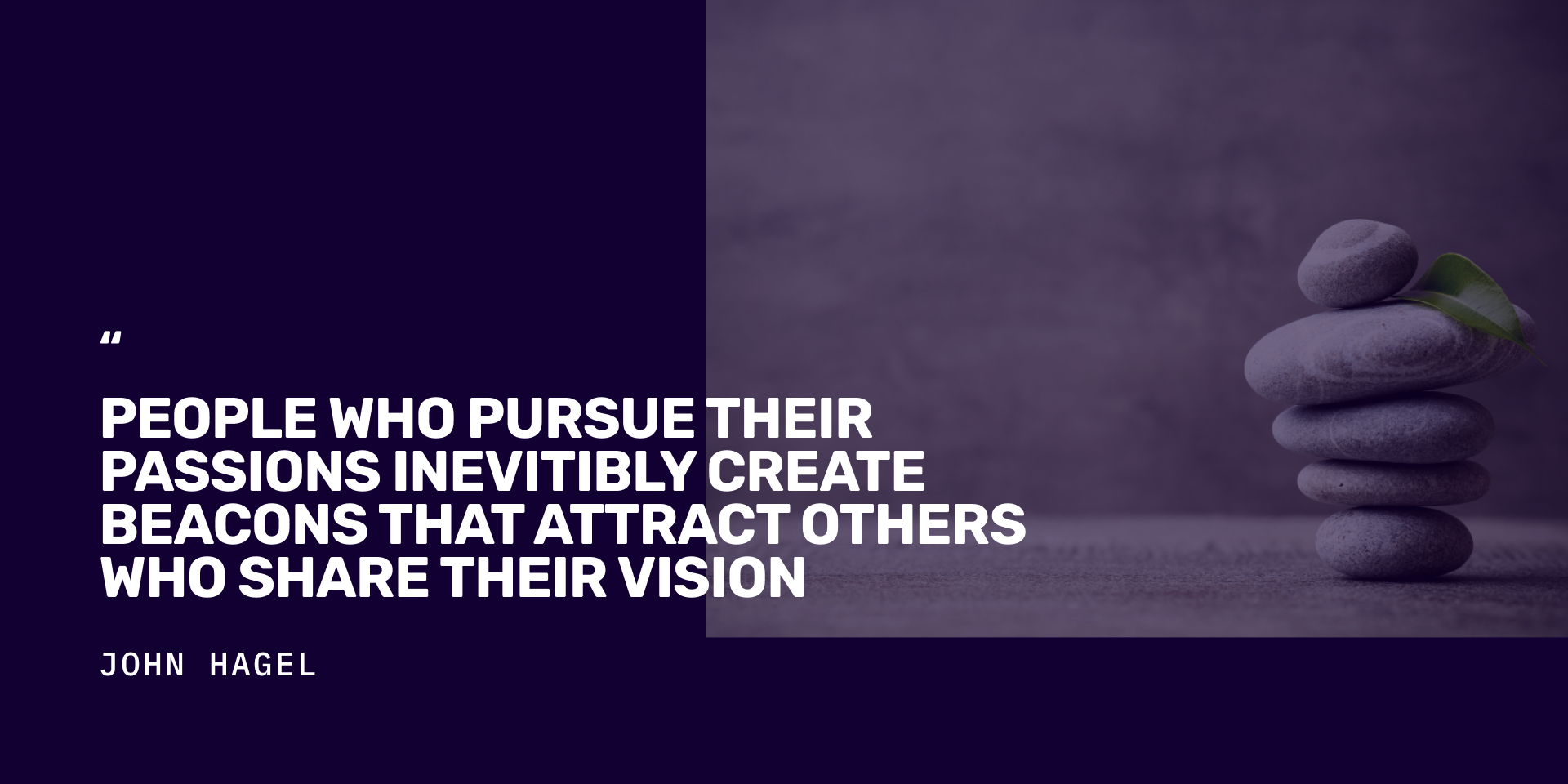
Bitcoin is completely reshaping our understanding and use of money.
I recently held a Workshop on Bitcoin with two leaders of the cryptocurrency market: Michael Saylor, CEO of MicroStrategy and Bill Barhydt, CEO of Abra Capital.
It was the most compelling and cogent discussion of “Why Bitcoin?” and the value of cryptocurrencies I’ve ever heard.
Are we seeing the decline of Bitcoin? Or is this the perfect time to jump in? What does the governmental adoption of Bitcoin mean for global economic stability? What about Ethereum and other altcoins?
In today’s blog, Part 2 of my Future of Money series, I’ll present the most important insights and lessons from that Workshop, do a recap of Bitcoin itself, and discuss the broader trend of DeFi and what it means for the global financial system and the future of money.
Let’s dive in...
P.S. Send any tips to our team by clicking here, and send your friends and family to this link to subscribe to Abundance Insider.
What Exactly is Bitcoin Again? And Blockchain?
For starters, Bitcoin is a digital currency and a technology for storing and transferring value. The current value of one bitcoin is about $35,000.
You can buy things with Bitcoin, sell things for Bitcoin, and exchange Bitcoin for other currencies (and vice versa).
At its core, Bitcoin is a decentralized digital currency: a virtual money based on software, designed by forward-thinking engineers. It eliminates the need for banks, gets rid of exchange fees, money transfer fees, and reduces the need for lawyers in transactions… all good things.
But as Michael Saylor points out, perhaps the best way to understand the significance of Bitcoin is to compare it to existing monetary stores of value.
For example, say that you want to safely store $1M for a period of decades or for 100 years – where would you store it?
If you put it in a bank, or store it in a national currency, or purchase $1M worth of a company’s stock, you’re betting that the bank, the national currency, or the company will actually be around in 100 years.
You could put the money into land or real estate, but then that becomes difficult to liquidate on demand.
Traditionally, most people in this scenario would buy gold. But there are a few problems with this approach. First, gold miners are producing roughly 2% more gold each year, which reduces its value over time.
Second, and more importantly, there aren’t good options for storing and moving $1M in gold. For example, you can’t easily carry $1M of gold through an airport. Gold is currently $1770 per ounce, and $1M is ~565 ounces or 35 lbs. And as Saylor notes, putting gold in a bank has historically been risky. Of the top 100 cities worldwide over the past century, about 95 of them would have seized your gold due to regime changes and socioeconomic upheaval.
Bitcoin solves this.
Saylor suggests that you can think of Bitcoin as “digital gold on an open protocol monetary network.”
There are 21 million digital and dematerialized “gold coins” on this network, and it’s impossible to create more than these 21 million. Each Bitcoin is divisible by 100 million units, called a satoshi.
This Bitcoin network is built on a foundational new technology known as the blockchain. You can think of a blockchain as a decentralized database shared across a network of computers, or “nodes,” that can only be altered after approval from all the nodes in the system.
What this means is that we now have a decentralized, global protocol that enables any computer to send Bitcoin to any other computer in the world without an intermediary. And because there are thousands of computers simultaneously running the software with identical copies of the Bitcoin ledger, no company, government, or regulatory body can meddle with it.
Saylor calls Bitcoin the “apex property of the human race.”
Going back to the example above, for the first time in history if you have $1M stored in a Bitcoin wallet, you can hold the key for the wallet in your head, or on a piece of paper in your pocket, walk across a border, and/or send it to anyone else around the world—all in a split second.
Another way to gauge the growing significance of Bitcoin is to look at just how fast it’s being adopted.
For example, the internet took 7.5 years to go from 150 million users in 1997 to a billion users by 2005. Bitcoin, right now, is roughly where the internet was in 1997, estimated at just over 100 million users. It is projected to reach a billion users in four years, nearly twice as fast as the internet.
And the evidence of this accelerating adoption is all around us. El Salvador just became the first country in the world to make Bitcoin legal tender. The Sacramento Kings basketball team is offering a Bitcoin salary to all of its players. And Goldman Sachs has recognized crypto as a new asset class.
(NOTE: We’re now accepting Bitcoin for my year-round entrepreneur coaching program Abundance360. To learn more and apply here.)
And yet, as notable and popular as Bitcoin is, it is merely one aspect of a far deeper and more profound transformation of our entire financial system called Decentralized Finance, or DeFi.
DeFi: Changing the Face of Finance
As I discussed in the Bitcoin Workshop with Michael Saylor and Bill Barhydt, money is energy.
The flow and velocity of our money largely represents the circulation of energy throughout our society.
DeFi represents a profound transformation in how this energy travels and flows. While Bitcoin uses blockchain to remove intermediaries in relatively simple transfers of value, DeFi expands on those use cases and removes intermediaries from all kinds of complex transactions.
DeFi applications are built on top of another blockchain platform known as Ethereum. Like Bitcoin, Ethereum is a decentralized network following a mining protocol.
However, Ethereum can also function like a decentralized cloud computer, via the usage of smart contracts and ERC-20 tokens.
Smart contracts and ERC-20 tokens are part of the application layer of Ethereum, a second layer that exists on top of the core Ethereum mining protocol.
You can think of smart contracts as pieces of code that automatically execute when certain conditions are met. ERC-20 tokens are a form of digital asset that can be issued by these smart contracts, using the core Ethereum network to verify its transactions.
Much like how HTTP (the protocol that most web apps use to send data) sits on top of the basic TCP/IP protocol (how computers in networks talk to each other), smart contracts and ERC-20 tokens enable developers to launch their own decentralized currencies and applications on top of the Ethereum network.
Why does this matter?
Because this “Layer 2” capability is unlocking the floodgates for all sorts of decentralized applications, especially in the world of finance (hence DeFi).
These applications include lending, insurance, exchange, stablecoins (coins that track the US dollar), and prediction markets.
In all these cases, DeFi applications eliminate middlemen and friction, while allowing secure peer-to-peer flows of money and energy to take place.
We will use this flow of money and energy to create a world of increasing abundance.
Final Thoughts & Implications for the Future
Blockchain, Bitcoin, and DeFi are the beginning stages of a deep structural transformation in society.
While these technologies alone do a lot to increase democratization, dematerialization, and access in our society, the introduction of application governance tokens and profit-sharing tokens portends the arrival of the deepest and most profound transformation of them all: a new global commons.
The new global commons is the economy of an abundance-driven, democratized, and dematerialized society.
Many of our digital networks have created a vast abundance of resources, which can rightly be considered our digital infrastructure.
But despite needing these platforms to live our lives, many people are unable to feel the full effects of this abundance. Large portions of the value generated goes to intermediaries—both individuals and institutions.
DeFi governance tokens and digital securities allow for users of this infrastructure to have a say in how these platforms evolve and participate in their success and growth.
Platforms such as the Republic crowdfunding platform have already issued digital securities as a part of a crowd-benefitting, profit-sharing agreement. DeFi will enable this across the entire digital and financial economy.
This is how we will democratize abundance.
Welcome to the future: one of access, openness, and peer-to-peer transactions and contributions… rather than a world of centralization, hierarchy, and scarcity.
Join My Abundance360 Community
If you want my coaching as an exponential entrepreneur and to reinforce those mindsets that will inspire and guide you to create a hopeful, compelling and abundant future for yourself and humanity, then consider joining my year-round Abundance360 coaching program.
Every year, my team and I select a group of 360 entrepreneurs and CEOs to coach over the course of a year-long program. You can join at any time for a full year’s worth of personal coaching on Exponential Tech, Longevity, Moonshots, and Abundance thinking.
My mission is to help A360 members obtain mastery in four specific mindsets: an Abundance Mindset; an Exponential Mindset; a Moonshot Mindset; and a Longevity Mindset. Together we will actively select and reinforce your preferred Mindsets.
To learn more and apply to A360, visit abundance360.com.
Know someone who would benefit from getting Abundance Insider? Send them to this link to sign up.
P.S. I've just released a podcast with my dear friend Dan Sullivan called Exponential Wisdom. Our conversations focus on the exponential technologies creating abundance, the human-technology collaboration, and entrepreneurship. Head here to listen and subscribe.
Topics: Abundance Bitcoin Entrepreneurship Exponentials Abundance 360 cryptocurrencies crypto ethereum DeFi







